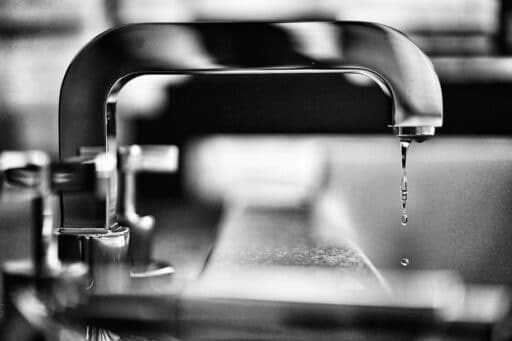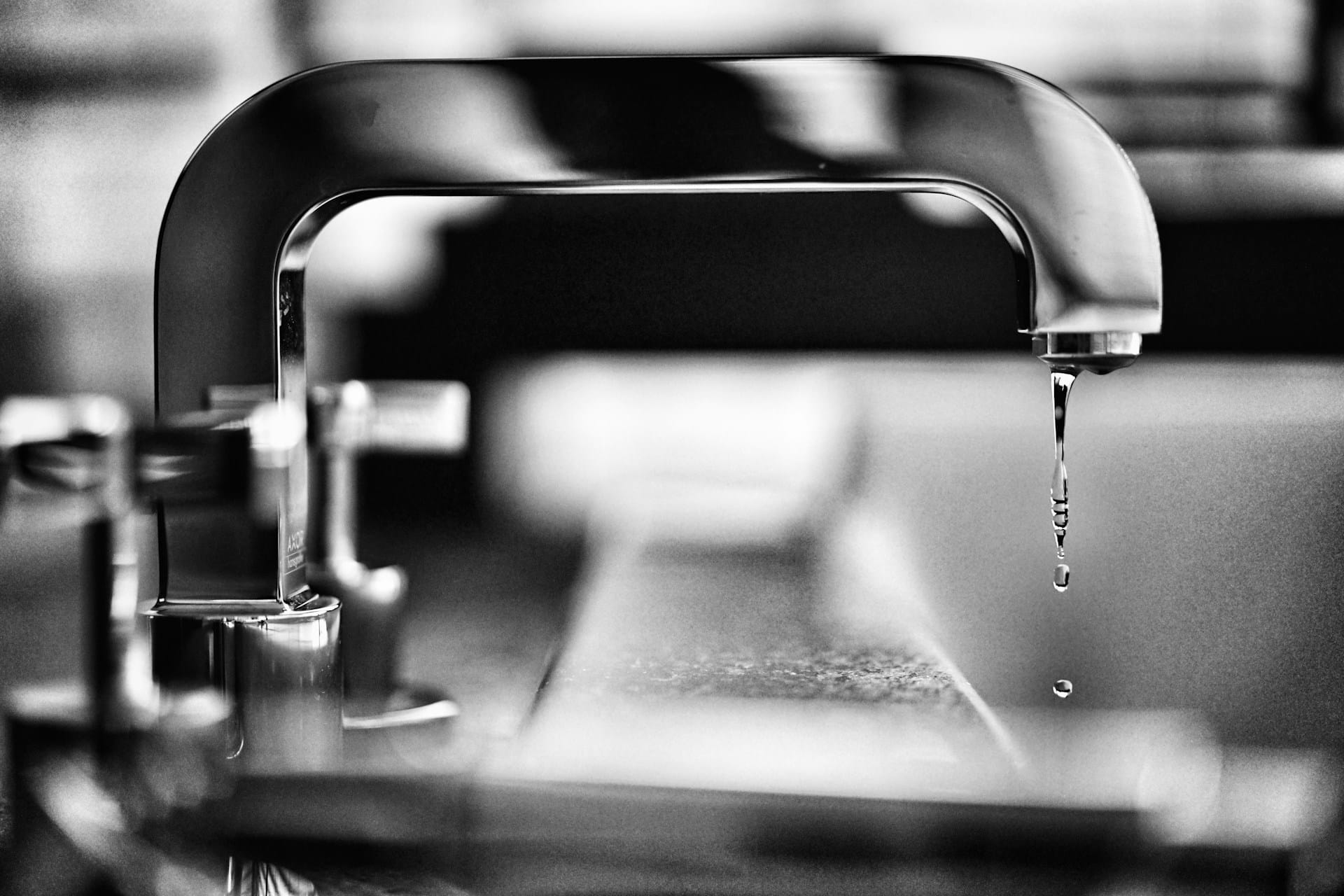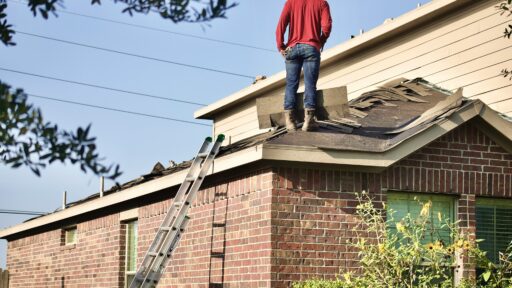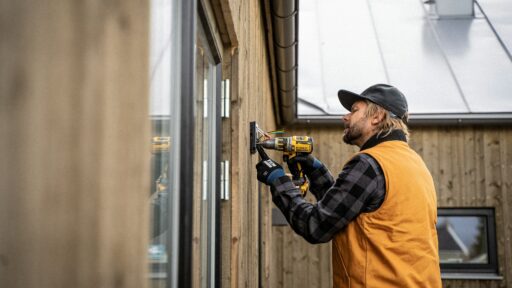Water damage is one of the most common and costly problems homeowners face. It not only threatens the structural integrity of a home but can also create long-term health concerns, such as mold growth. Prevention is the most effective way to avoid expensive repairs and protect the safety of your living environment. By learning how to spot risks early and taking steps to address them, homeowners can safeguard their property for years to come.
Recognizing the Signs of Water Damage
Prevention begins with awareness. Many homeowners do not realize damage has occurred until problems become visible. Knowing the early signs helps stop an issue before it spreads. Stains on ceilings or walls, warped flooring, and musty odors often indicate that water has seeped into areas where it does not belong.
Basements and crawl spaces are particularly vulnerable, especially in regions that experience heavy rainfall or melting snow. Regular inspections in these areas are essential to catch leaks, condensation, or foundation cracks. Catching these issues early often prevents more widespread damage that could compromise the entire home.
Protecting Your Foundation and Basement
The foundation is a home’s first line of defense against water intrusion. Cracks or improper drainage can allow water to collect and create long-term structural damage. One proven method of protecting a basement is installing a French drain system. This type of drainage system directs water away from the foundation, preventing buildup that could cause flooding or seepage.
Beyond drainage systems, maintaining proper grading around the property also helps. Soil should slope away from the house so that rainfall and runoff flow outward instead of pooling near the base. Adding downspout extensions to direct water away from the structure further strengthens this protection.
Interior Maintenance Habits That Reduce Risks
Water damage does not only come from outside sources. Appliances, plumbing, and daily household activities can contribute to problems if not managed carefully. Leaky pipes, dripping faucets, or overflowing appliances such as dishwashers and washing machines are frequent culprits. Regularly checking seals, hoses, and connections reduces the chance of a sudden leak.
Simple household routines also make a difference. For example, floors that remain damp after cleaning can become breeding grounds for mold. Using proper cleaning techniques helps avoid this issue. Habits like this, though minor, build a healthier environment while lowering the risks of hidden water-related damage.
Preventative Tools and Upgrades
Several tools and upgrades help homeowners avoid water problems before they begin. Installing water leak detectors detects moisture in real-time in sensitive areas. Sump pumps, often used in basements, offer another layer of protection by automatically removing water during heavy storms or plumbing issues.
Even regular gutter maintenance plays a significant role. Clogged gutters can cause water to spill over and pool near the foundation, undermining structural stability. Cleaning them seasonally ensures they carry water safely away from the property.
Creating a Long-Term Maintenance Plan
Preventing water damage requires consistency. Homeowners should develop a seasonal checklist that includes:
- Inspecting plumbing and appliances for leaks.
- Clearing gutters and downspouts.
- Checking the basement and crawl space for moisture.
- Examining exterior grading and drainage.
Following a routine prevents minor problems from developing into emergencies. Keeping records of maintenance activities also helps homeowners track changes in their property over time.
Proactive Prevention
Water damage can happen to any home, but proactive prevention significantly reduces the risks. By protecting the foundation, using effective drainage systems, practicing smart cleaning habits, and maintaining a seasonal inspection plan, homeowners create a strong defense. These actions not only preserve the home’s structure but also promote a safe and healthy living space for everyone inside.








